Jupiter




jupiter
More Posts from Sergioballester-blog and Others
September 15
This one is technically not yet history, because at the time of posting, the little craft has about half an hour left to go. That said, let’s proceed.
In 2017, NASA’s Cassini space probe ended its twenty-year mission at Saturn. After a nearly-seven-year-long journey there, it orbited the ringed planet for 13 years and just over two months, gathering copious amounts of information about the planet, said rings, and many of its moons. It landed an ESA probe called Huygens on Titan, the first-ever soft landing in the outer Solar System. It discovered lakes, seas, and rivers of methane on Titan, geysers of water erupting from Enceladus (and passed within 50 miles of that moon’s surface), and found gigantic, raging hurricanes at both of Saturn’s poles.
And the images it returned are beautiful enough to make you weep.
On this day in 2017, with the fuel for Cassini’s directional thrusters running low, the probe was de-orbited into the Saturnian atmosphere to prevent any possibility of any contamination of possible biotic environments on Titan or Enceladus. The remaining thruster fuel was used to keep the radio dish pointed towards Earth so the probe could transmit information about the upper atmosphere of Saturn while it was burning up due to atmospheric friction.
This is us at our best. We spent no small amount of money on a nuclear-powered robot, launched it into space, sent it a billion miles away, and worked with it for two decades just to learn about another planet. And when the repeatedly-extended missions were through, we made the little craft sacrifice itself like a samurai, performing its duty as long as it could while it became a shooting star in the Saturnian sky.

Rhea occulting Saturn

Water geysers on Enceladus

Strange Iapetus

Look at this gorgeousness

A gigantic motherfucking storm in Saturn’s northern hemisphere

Tethys

This image is from the surface of a moon of a planet at least 746 million miles away. Sweet lord

Mimas

Vertical structures in the rings. Holy shit

Titan and Dione occulting Saturn, rings visible

Little Daphnis making gravitational ripples in the rings

That’s here. That’s home. That’s all of us that ever lived.

Saturn, backlit

A polar vortex on the gas giant

Icy Enceladus
(All images from NASA/JPL)
Download Software Used to Get Rovers to the Red Planet
Watching our Perseverance rover safely land on the surface of Mars is the kind of historic feat that gets our adventure-loving hearts racing.

Launching and landing rovers on Mars requires overcoming challenges like defying gravity on two planets, surviving the extreme heat of atmospheric entry, and avoiding rocky obstacles. This takes more than just rocket science – it takes incredible software too.
Did you know that some of the same tried and tested software that helped ensure a safe arrival for Perseverance (and its predecessor, Curiosity) can be downloaded – by you...for free...right now?

Our 2021-22 Software Catalog is full of codes made for space that can be used by entrepreneurs, teachers, gamers, or just about anyone. Whether you are curious about the Martian atmosphere, want to visualize the inside of a volcano, or have an application we’ve never even considered, our software may be able to help. Check out our full site, updated regularly with the latest codes available for download.
Here are a few examples of what you could do with our software!
1. Simulate the Martian atmosphere to prepare spacecrafts for landing

To prepare for exactly what a spacecraft will face on landing day, no matter the location scientists choose, we created software that simulates the Martian atmosphere. The code, Mars (GRAM), is now available to anyone.
We also have a version that simulates Earth's atmosphere, allowing users (especially those in the world of drone design) a way to replicate and design for, potentially dangerous conditions without ever stepping away from the computer.
2. Explore the Red Planet virtually from home with help from the Curiosity rover team
Originally developed for scientists and engineers working on the Curiosity rover mission, OnSight allowed the team a virtual way to walk on and look around Mars. Using an immersive display, such as a virtual reality headset, scientists could see the Red Planet the way a rover would.
This software can also be used to provide virtual experiences of places here on Earth, such as caves and lava fields.
3. Dodge disasters with a risk management tool made for space missions

When preparing for complex space missions, like the upcoming Mars Sample Return mission, it’s crucial to examine how different elements, independently and collectively, impact the probability of success.
But risk management has become an important tool for businesses of all disciplines, from engineering to accounting – and the Space Mission Architecture and Risk Analysis Tool (SMART) could help.
Sound interesting? The NASA software catalog has these and more than 800 additional codes ready for download.
You can also follow our Technology Transfer program on Twitter to learn more about software and technology that can be put to use on Earth.
Make sure to follow us on Tumblr for your regular dose of space!

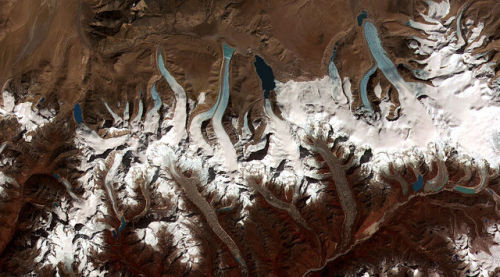
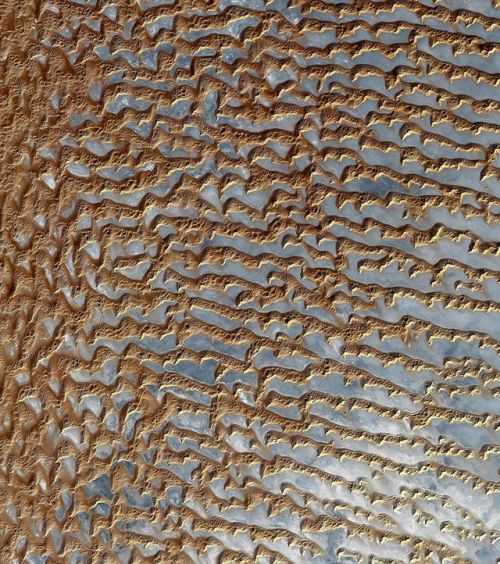
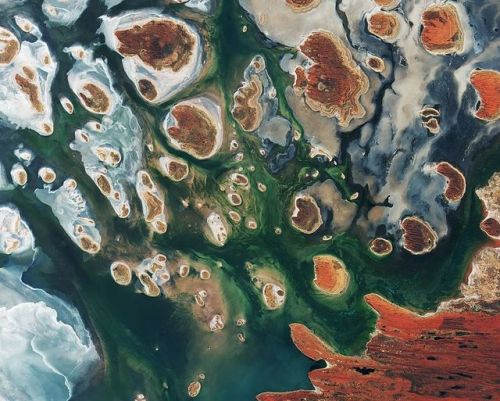
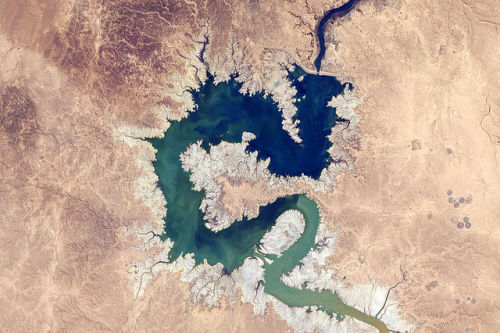
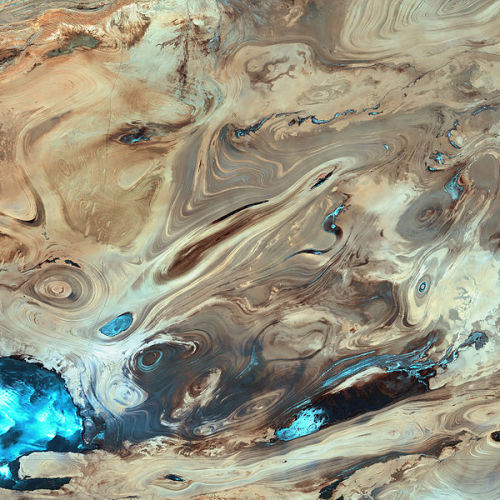
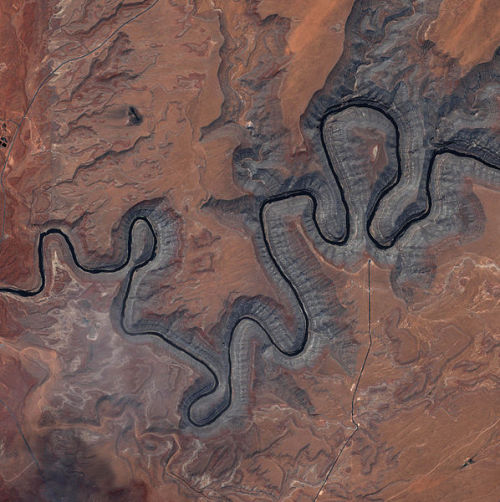
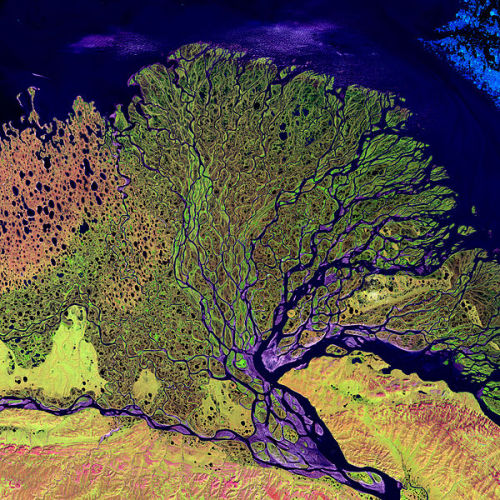
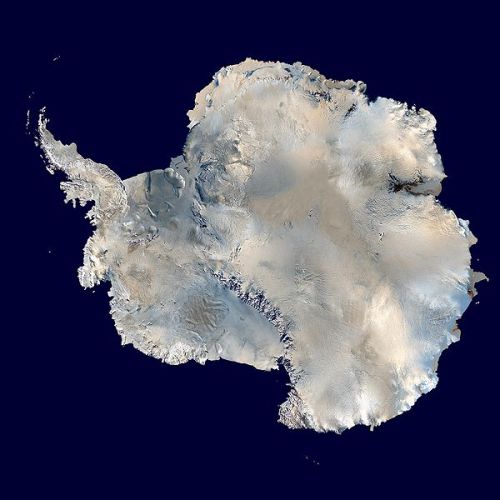
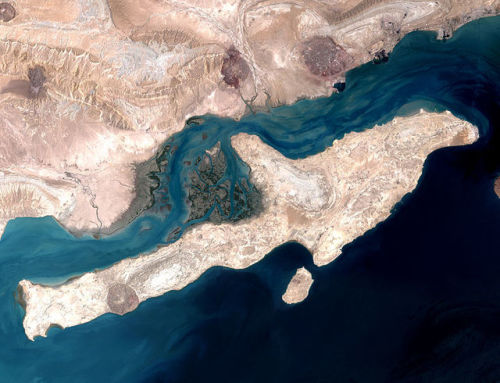
Earth images photographed by satellites and the International Space Station
images


Orion Capsule interior. 🚀
![Voyager 1 Approaching Jupiter In 1979. [Reddit/spacegifs]](https://64.media.tumblr.com/57003d3715c75582218ee1b20aeb6a70/tumblr_p21webfuy81s04h2ho1_400.gif)
Voyager 1 approaching Jupiter in 1979. [Reddit/spacegifs]
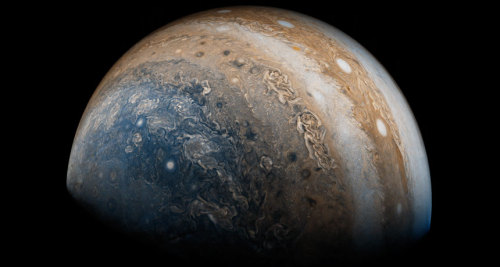









Jupiter Descending

Amazing Space Shuttle Shot. 🚀

The Moon with the ISS transitioning in front of it. Amazing view considering the ISS moves over and past it in a matter of seconds.
Perseverance: Amazing descent & landing video taken by the rover’s EDL cameras.
Launching of the space shuttle Atlantis.

-
 sergioballester-blog reblogged this · 4 years ago
sergioballester-blog reblogged this · 4 years ago -
 sergioballester-blog liked this · 4 years ago
sergioballester-blog liked this · 4 years ago -
 bad-bitchbribri reblogged this · 4 years ago
bad-bitchbribri reblogged this · 4 years ago -
 bad-bitchbribri liked this · 4 years ago
bad-bitchbribri liked this · 4 years ago -
 khaos-x4 liked this · 4 years ago
khaos-x4 liked this · 4 years ago -
 doomdaysdecays reblogged this · 4 years ago
doomdaysdecays reblogged this · 4 years ago -
 doomdaysdecays liked this · 4 years ago
doomdaysdecays liked this · 4 years ago -
 romantixcize reblogged this · 4 years ago
romantixcize reblogged this · 4 years ago